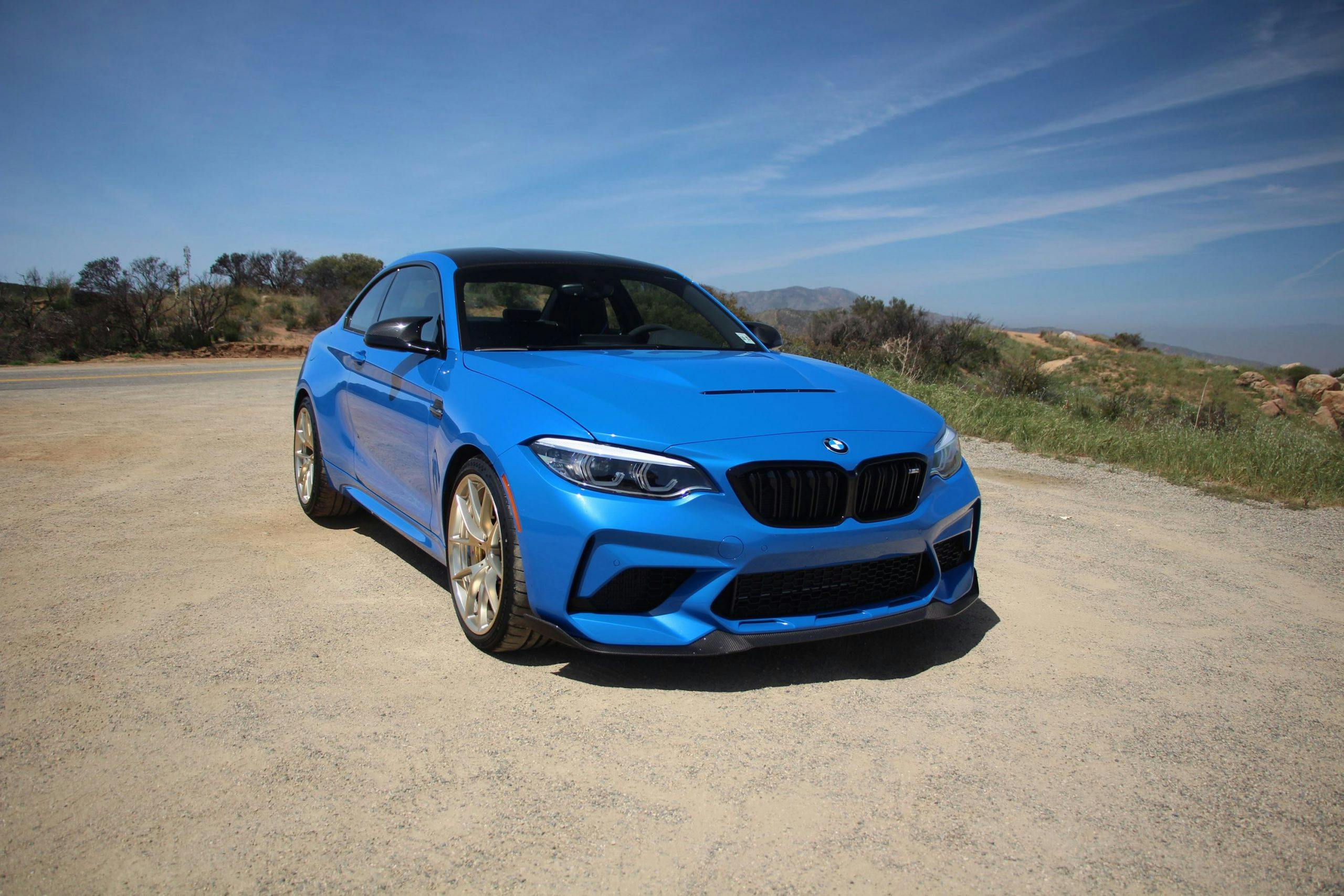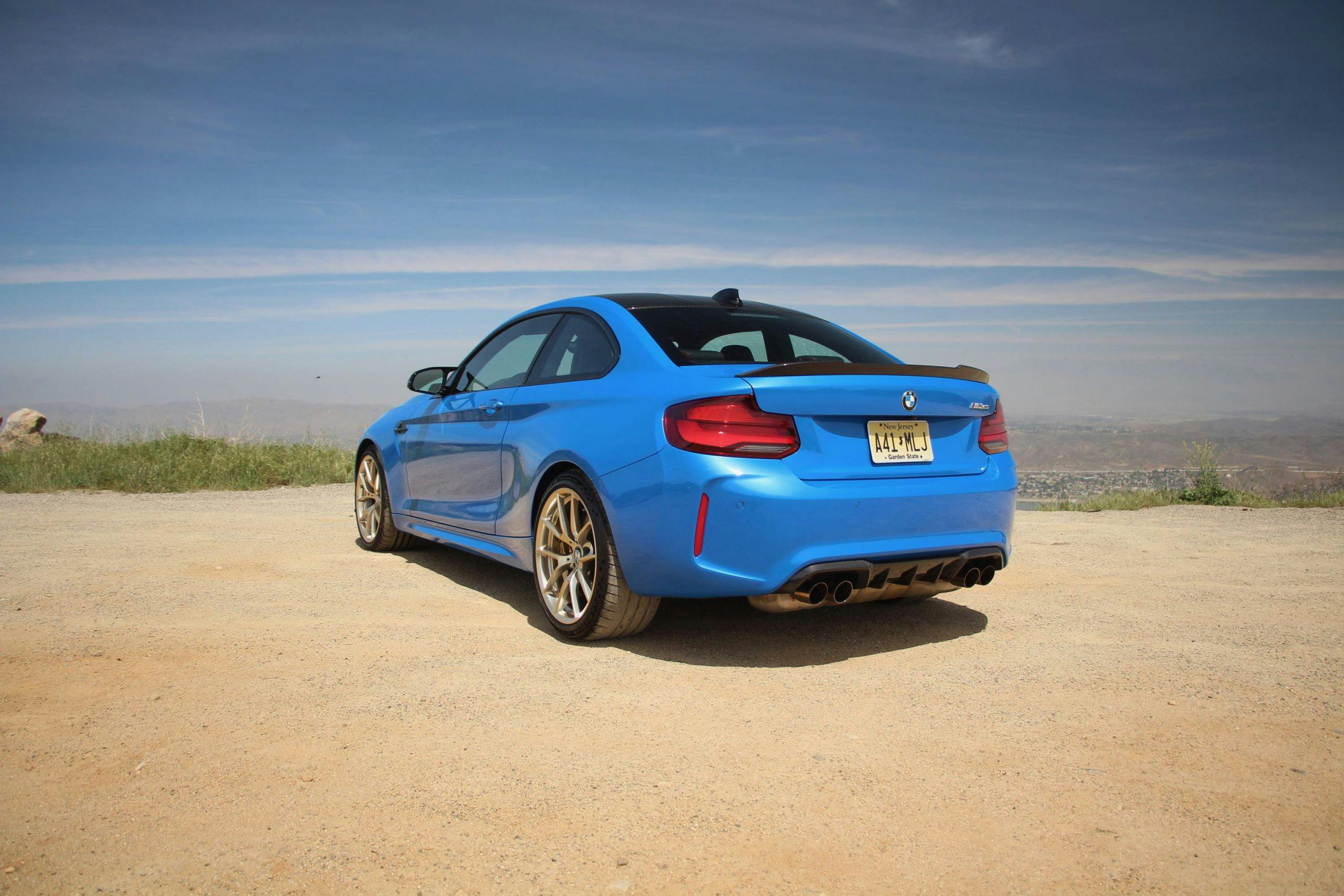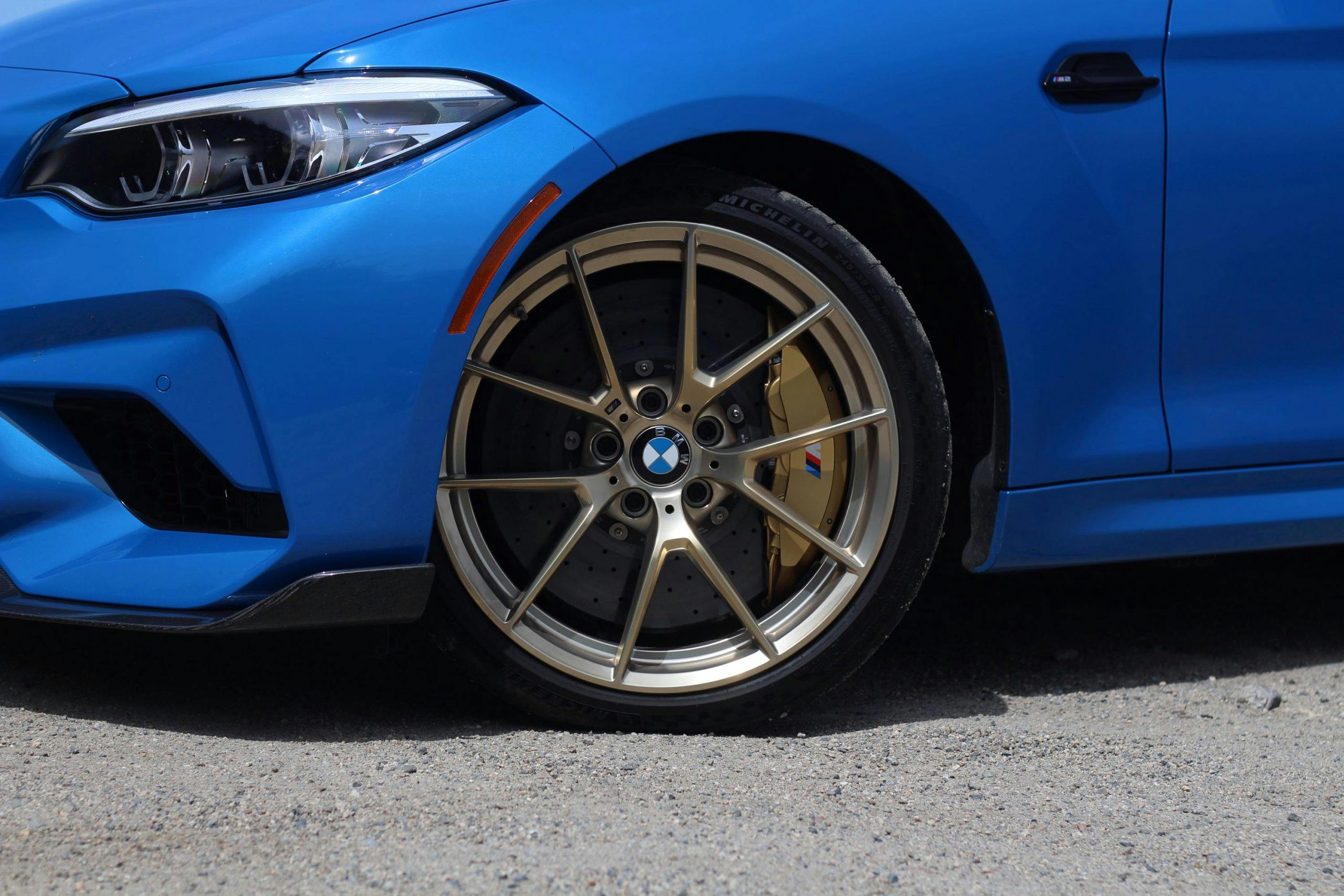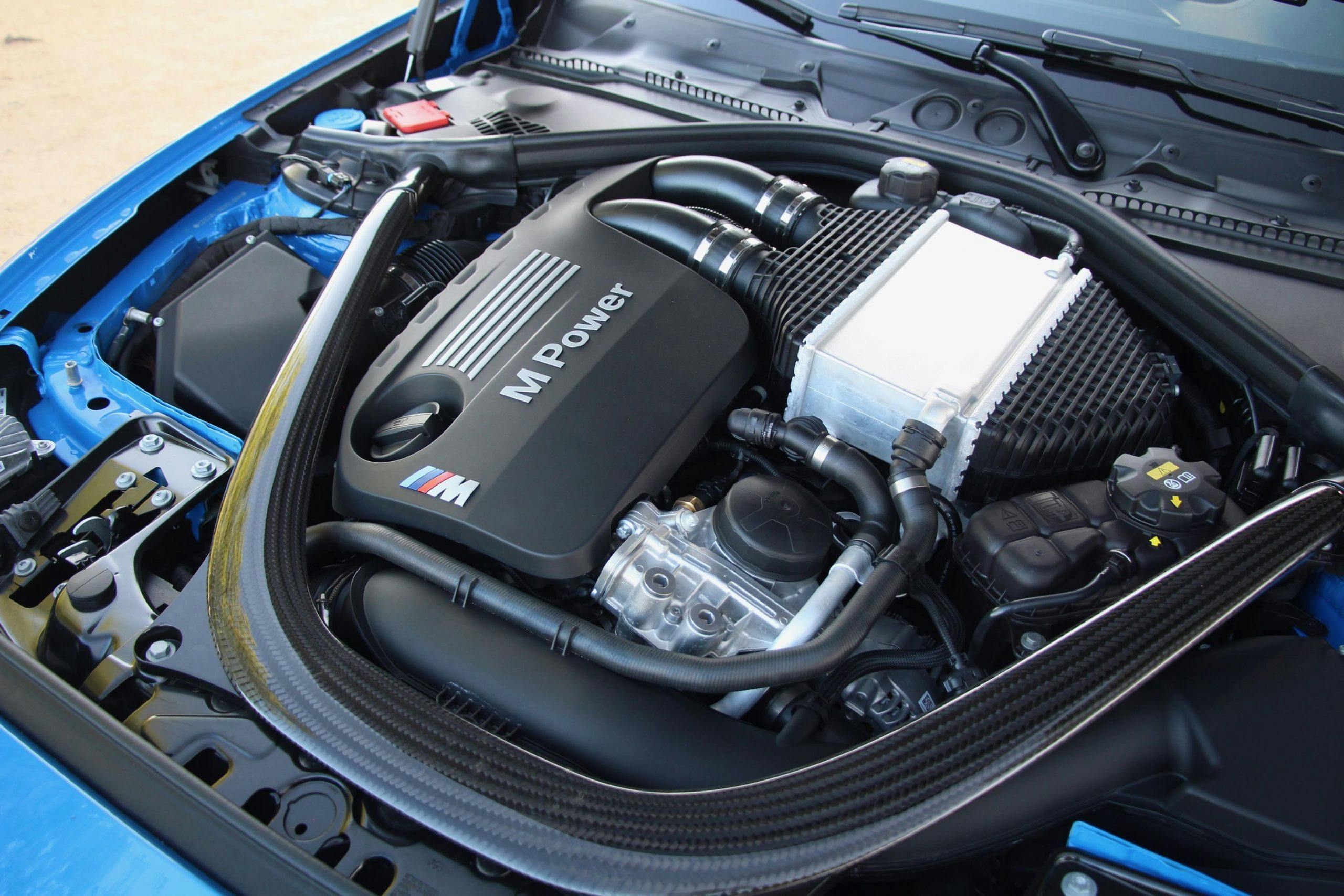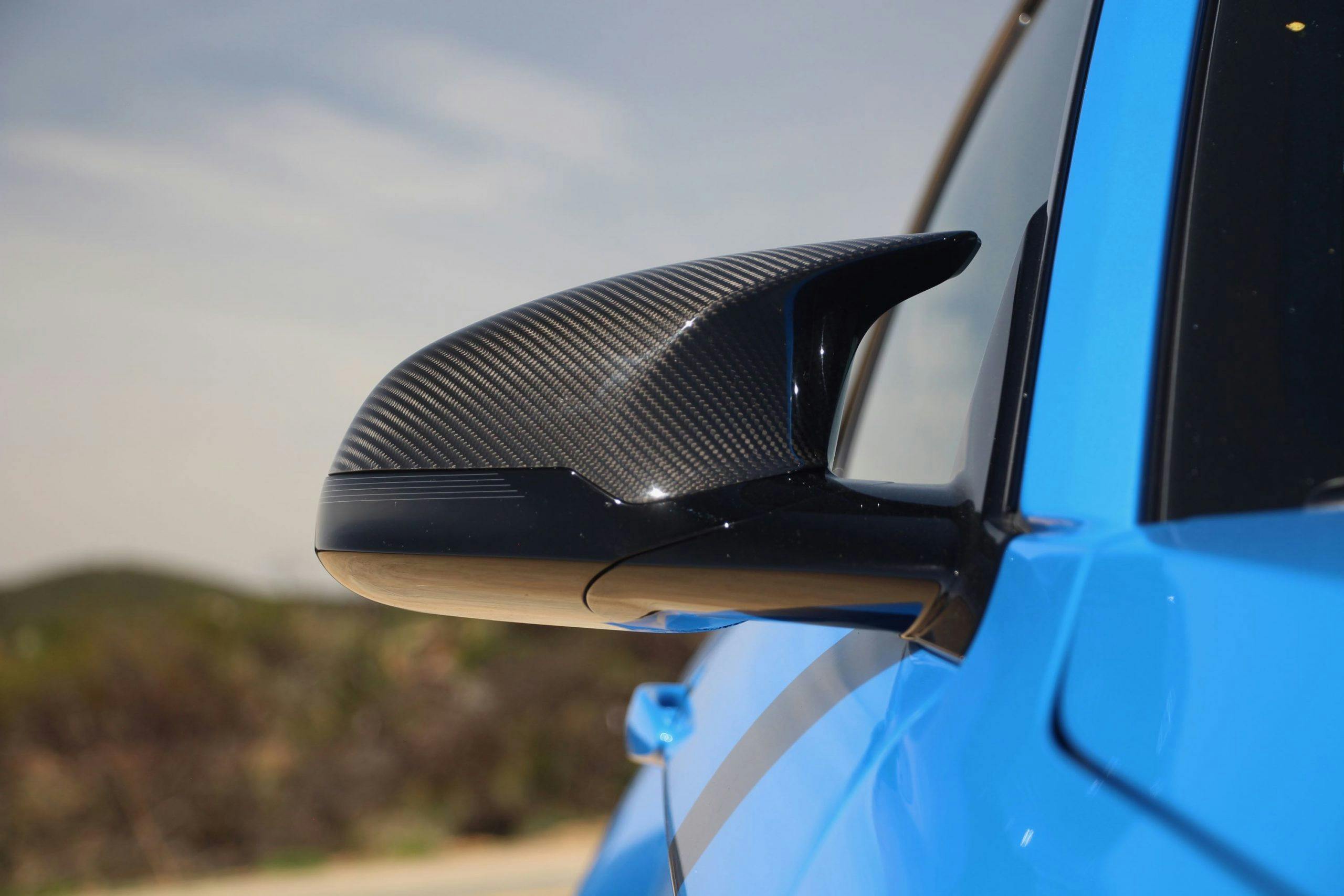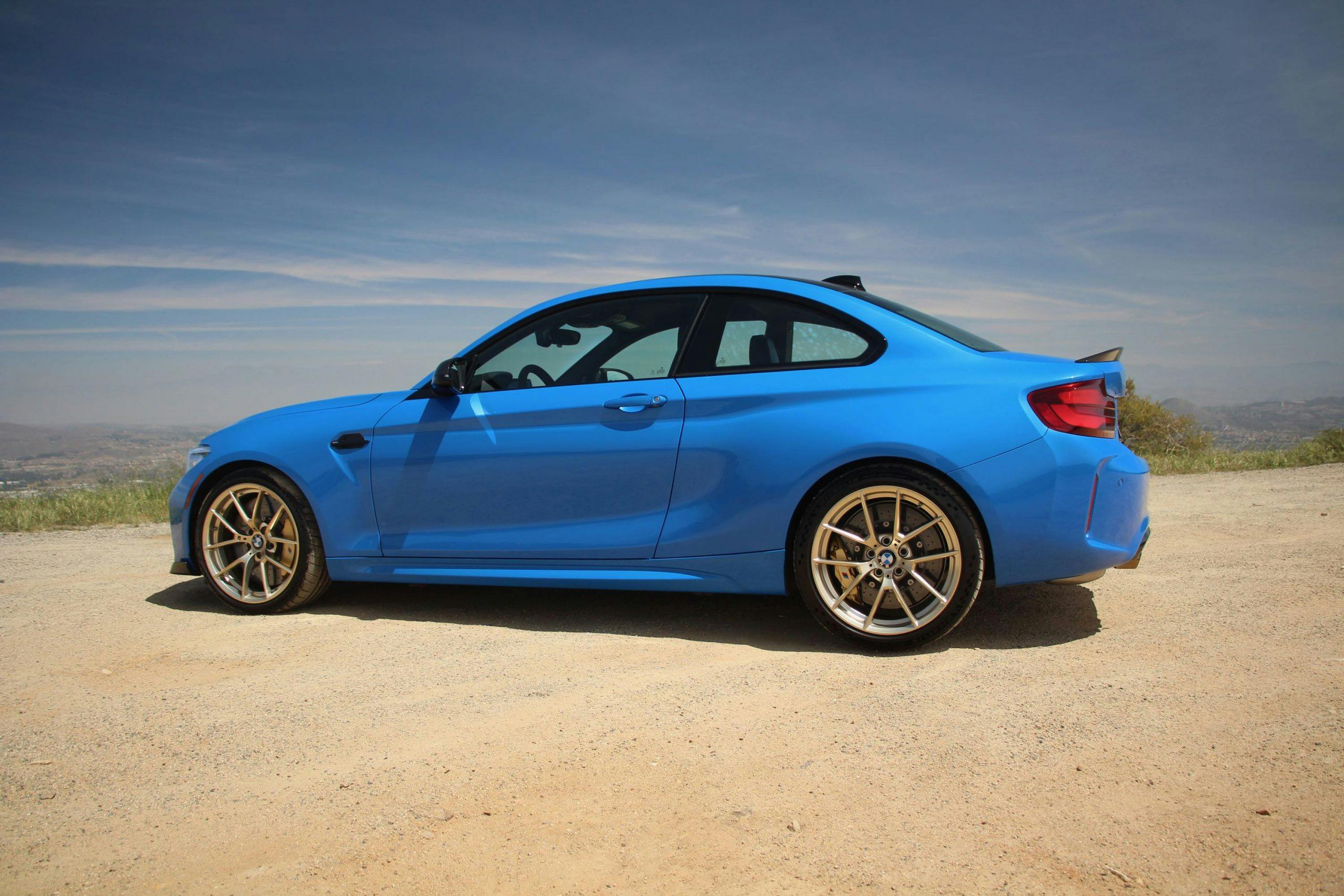Is BMW’s M2 CS the zenith of the “boy racer”?
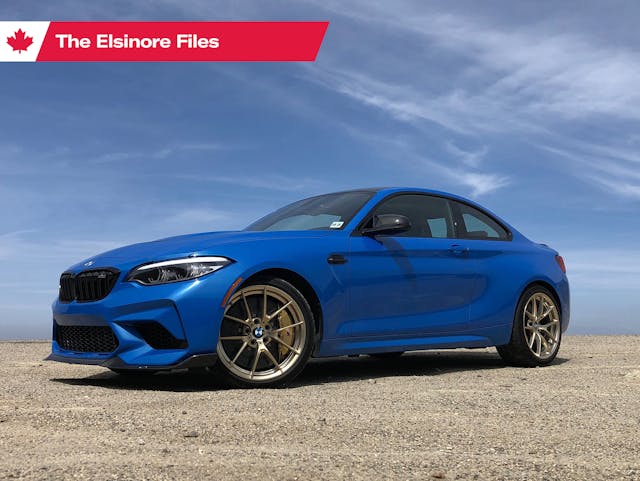
A recent drive in the BMW M2 CS got me thinking about the notion of the modern boy racer. With its flared fenders, abundant power, raucous exhaust, big brakes, naked carbon-fibre trim, and sticky tires, it ticks all of the boy-racer boxes straight from the factory. For the sake of this argument, I’m not suggesting that the idea of a boy racer is gender-specific; I’d like to think that young women have better sensibilities than young men, but that’s certainly not an infallible rule.
Raised on a literary diet of the classic buff books of the ’80s, I aspired to drive one of these machines. When I was a teenager, the original E30 BMW M3 was arguably the ultimate expression of a factory-tuned special intended for a younger, more enthusiastic customer. I remember exactly where I was when I spotted my first E30 M3: Lake Street in St. Catharines, Ontario. I was awestruck. In my eyes, this was the ultimate road car. Full stop. Light, lithe, attractive, and athletic, it boasted racing pedigree and looked unlike anything I’d seen. At the time, its list price of $35,000 wasn’t a king’s ransom, either.
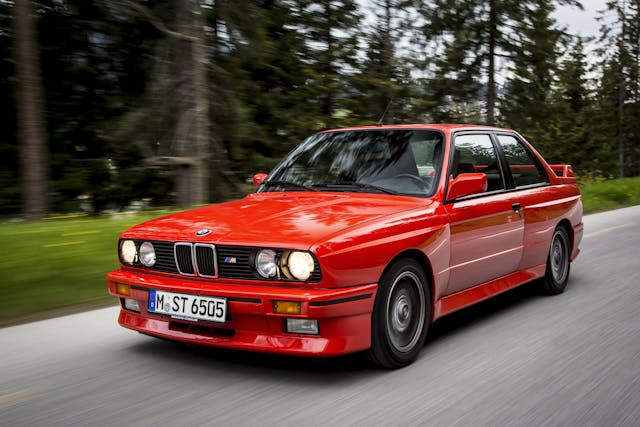
In a few short years, I was piloting a string of second-generation Volkswagen GTIs—which some may label as members of the Junior Boy Racer club—and each of them received some degree of boy racer-treatment. If memory serves, none of the mods were cosmetic and in those days you could awaken a 1.8-litre four-cylinder VW with simple bolt-ons. After installing one of the popular aftermarket mufflers of the era, my closest neighbours could predict my return home with relative accuracy because their house was perfectly located for that third-to-second, heel-toe downshift necessary before turning onto my street. I’m sure they were thrilled.
To me, this latest M2 in CS spec is the modern successor to the original M3. While we lament cars’ ever-increasing weight, I think we can all agree that some additional heft is necessary to satisfy today’s safety requirements. At roughly 3500 pounds, the M2 CS doesn’t carry too much mass and is significantly lighter than the newest M4. While it receives another 60 horses on top of the M2 CS’ allotment, the ’21 M4 is burdened with another 400 pounds of curb weight, pushing it a little too close to two tons. I’m sure I’ll enjoy driving it, but I suspect my preference will remain skewed toward the M2 CS, despite its eye-watering as-tested price, which was just shy of $117,000 Canadian (approximately $96,000 USD).

Certainly, I prefer a more subtle finish to my tester’s Misano Blue paint, but it’s the fully sorted dynamic package of the CS that has me looking for excuses to drive one again. To be fair, I didn’t enjoy the M2 when I first drove it. The M235i was thoroughly satisfying, a well-rounded coupe that was delightful to drive. The M2—with its fender flares, lowered stance, and punishing ride—was simply trying too hard.

Until recently, the post-Biermann BMW M cars were programmed with aggressive throttle mapping and spring rates best suited for the racetrack, resulting in driving experiences that should have resulted in the cancellation of their “driver’s car” credentials. The CS redeemed the M2 for me, with its robust power and plentiful torque (I’m sure an owner has already put their car on a dyno to prove it makes much more power and torque than the factory states) and, best of all, with its mature dynamics.
The M2 CS puts BMW back on track to secure its title as the maker of the Ultimate Driving Machine. All of the controls allow measured, precise inputs. Chassis feedback is excellent and gives the driver confidence to place the coupe on a proverbial dime. It has the balance and poise of a coupe designed to be a sports car from the ground up.
Enthusiasts like us can typically predict a model change-over once the hottest, high-performance model arrives, and the M2 CS signals an all-new replacement coming later this year. Given the push for more electrification, I’m concerned for the boy racer. I genuinely hope the next M2 can avoid encumbrances to its curb weight, but only time will tell.
What of the future of the boy racer, then? With the push to electrify all passenger vehicles, will the next M2 be a plug-in? It’s unlikely, but it may not be a bad idea. Manufacturers are awakening to the idea of performance-minded plug-ins across the entire scope of price and capability. Toyota’s already in on the game with its Prime models and, in the appropriate drive mode, these hybrids can accelerate almost as quickly as a sports car. The Volvo V60 in Polestar Engineered form is another example of a performance hybrid, as is the upcoming McLaren Artura, which appears to signal a formidable and groundbreaking shift in the entry-level supercar market.
I may be a traditionalist, but I still enjoy the purity and balance that the M2 CS package delivers. A smooth inline-six engine—even when pumped up by a pair of modern, twin-scroll turbos—driving the rear wheels and paired with carbon-ceramic brakes, adaptive dampers, and sticky Michelin tires is a package made in automotive heaven. Sure, plug-ins and battery-electrics still possess the ability to accelerate quickly, but we lose that simple athleticism the more we electrify an automobile.
The internal-combustion engine is the heart of the boy-racer machine, and its rhythms and vibrations enhance the driving experience. EVs are quick by nature: Soon every generic, two-box electric crossover will be able to accelerate to 60 in four seconds. Sorry, boy racers, you’ll be losing plenty of stoplight races—but no matter how quick EVs are, you can’t replace the beat of an internal combustion engine.

It’s not that I dislike battery electrics and plug-ins. I find their quickness intoxicating, and their quiet operation leaves you more relaxed at the end of a journey. Plus, tuners are emerging for electric vehicles, and I fully endorse that kind of behaviour. That said, batteries are by nature heavy, negating the possibility of a truly lightweight EV sports car—at least until the next major shift in battery technology.
From my perch, I’m reluctant to state that the future looks full of electric crossovers. Even when I squint, I don’t see too many electric, affordable sports cars. What I do see is an opportunity for carmakers to create some excitement with battery-powered boy racers to bring younger buyers into the fold, just as they did in the ’60s with the dawn of muscle cars.
For now, I’ll fondly remember my wheeltime in the M2 CS and wish BMW only the best for the next-generation 2-Series. I’ll also look forward to the boy racer’s last hurrah with that next M2 before Skynet takes over and we’re all driving electrics.
